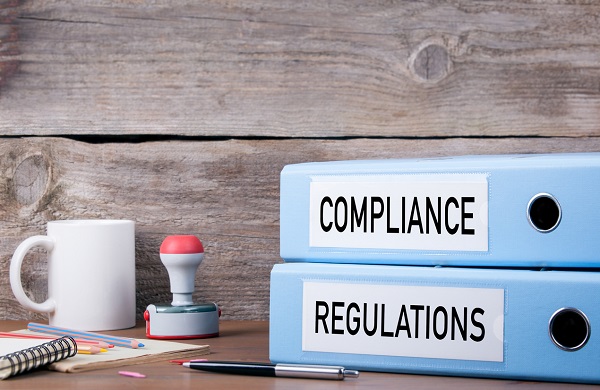Submitting risk management plans on the new EU template: 3 tips

Are you prepared for the upcoming changeover to the new EU risk management plan (RMP) template? Seema Jaitly offers some timely guidance on the new EU RMP document.
The deadline for moving to submitting risk management plants (RMPs) on the new EU template is fast approaching, with only a few weeks until the 31 March 2018 deadline. Here are some top tips for a smooth transition to using the new template.
- Assess your risks and missing information against the definitions presented in good pharmacovigilance practices (GVP) module V rev. 2, as this presents a good opportunity to tidy up.
- Important identified risks are likely to have an impact on the risk-benefit balance of the product and will require additional pharmacovigilance (PV) activities or additional risk minimisation activities or specific clinical advice in the product information (PI).
- Important potential risks could have an impact on the risk-benefit balance of the product and will require additional PV activities to further evaluate.
- Missing information should be added where a product is likely to be used in a population not studied and the safety profile is likely to differ from that already known.
If you do re-categorise a risk to ‘non-important’, this action will have to be justified.
- Look at your label and the undesirable effects section for risks that are not considered important and bucket these under the appropriate justification.
In the RMP template there are four areas that these events can fall under:
- Risks with minimal clinical impact on patients (in relation to the severity of the indication treated)
- Adverse reactions with clinical consequences, even serious, but occurring with a low frequency and considered to be acceptable in relation to the severity of the indication treated
- Known risks that require no further characterisation and are followed up via routine PV, namely through signal detection and adverse reaction reporting, and for which the risk minimisation messages in the product information are adhered by prescribers (e.g. actions being part of standard clinical practice in each EU member state where the product is authorised)
- Known risks that do not impact the risk-benefit profile.
- For generic products, make sure that you have included the correct information.
Part II, SVII and SVIII:
(a) If the originator has an RMP, include SVIII and, if you remove or add to the safety concerns, also include SVII.
(b) If the originator does not have an RMP but safety concerns are available for the active form from the CMDh [The Coordination Group for Mutual Recognition and Decentralised Procedures – Human] website, follow (a). If there are different safety concerns available for the same active ingredient, then choose what is appropriate and complete SVII and SVIII.
(c) If the originator does not have an RMP and no safety concerns are available from the CMDh website, complete SVIII and SVII.
Part III
Generics should be included in the originator's additional PV activities, where complete data sets are valuable.
Part V
(a) If aligned, a statement saying that the PI is aligned with the originator is acceptable.
(b) If safety concerns have been added, these need to be added to part V.
Following this guidance should help smooth the transition to the new EU RMP template.
About the author:
Dr Seema Jaitly qualified in Medicine from Charing Cross and Westminster Medical School in 1992 and worked in hospital medicine for four years. She has worked in the pharma industry for over 18 years at CROs and companies spanning clinical research, medical affairs, pharmacovigilance and the EU QPPV role.
In 2010 she founded Essjay Solutions to offer pharmacovigilance services, consultancy and contracting services.
She is currently in the final year of her MSc in epidemiology with the London School of Hygiene and Tropical Medicine.










